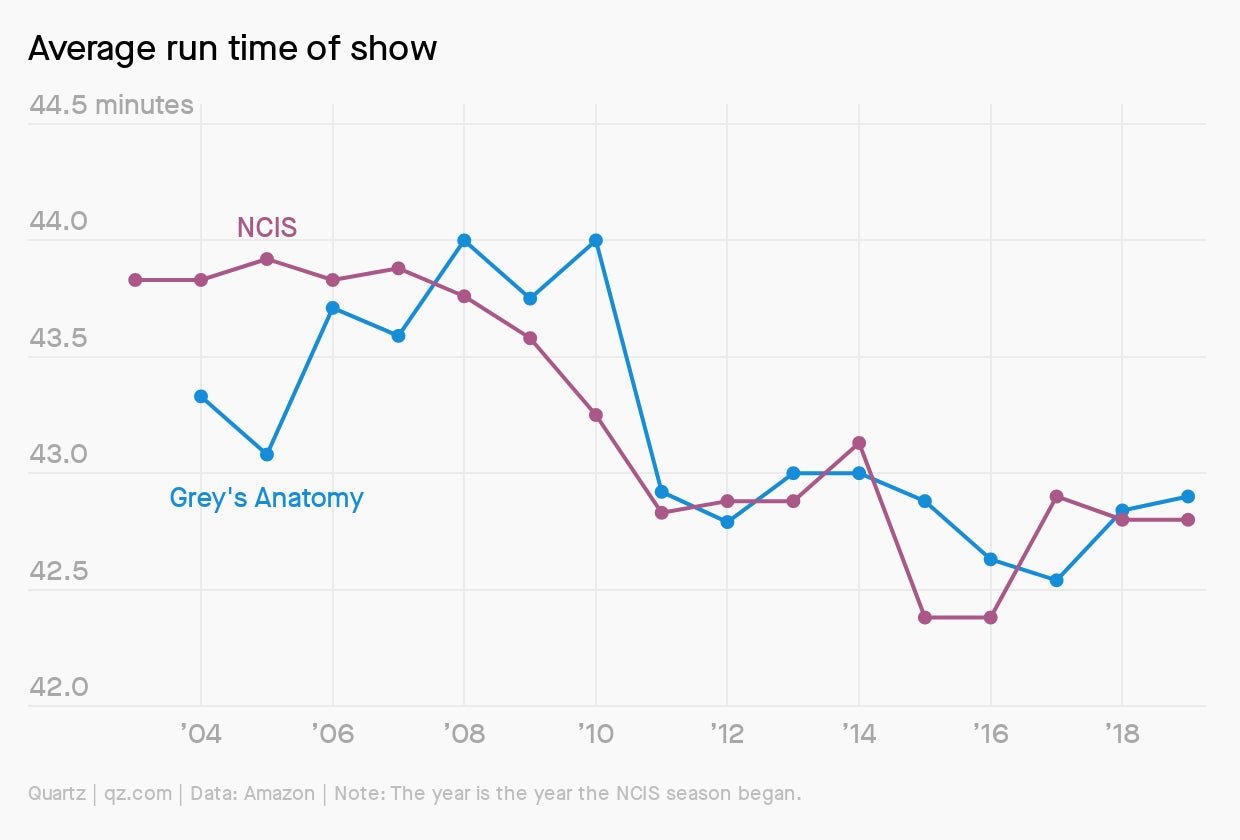Space Business: Speculative Territory
Dear readers,

Dear readers,
Welcome to Quartz’s newsletter on the economic possibilities of the extraterrestrial sphere. Please forward widely, and let me know what you think. This week: NASA’s role in a Biden world, “Big Muley,” and Tory Bruno’s private eye.
🌘 🌘 🌘
Election day in the US is just seven weeks away. Space is not the top issue! Still, changes at the White House are the rare moments that can shift the slow-grinding gears of the US space program. Quartz spoke to Casey Dreier, the senior space policy adviser at the Planetary Society, about what’s on the horizon for US space policy. This interview has been condensed and edited for clarity.
How should people who care about space evaluate presidential campaigns?
Space has rarely been a presidential issue during a campaign… that space is not a partisan issue is a good thing. It can make it hard to say what president would be better for space. The question is, how much of a difference would you see in a Trump and Biden administration?
I don’t think necessarily in broad strokes you would see a huge change. Look at the Democratic Party Platform—a relatively robust embrace of human exploration of the moon and Mars, endorsing the idea of sending humans into deep space. Beyond that, we are in speculative territory.
What are the big space questions the president will face in 2021?
We are actually coming out of a huge transition period in NASA’s history after the retirement of the space shuttle, moving into the SLS/Orion and commercial era. Now it comes to priority and speed. How fast will we go to the moon? How much money to pursue that goal as a balanced part of the national priority is this administration going to have? A good way to think about space, in terms of what motivates any administration and how they approach it, is how is it perceived to address their goals for the nation? How is NASA a tool of domestic and international policy? Rarely is an individual president going to say, ‘I love NASA so much we are going to go to the moon.’
For the Biden administration, we can speculate by looking at their priorities for the nation. Focused a lot on workforce, manufacturing, R&D and climate change. They could see NASA as a chance to push those policies.
Biden doesn’t have a deep space record, but he was the “stimulus czar” as vice president, which directed significant funding to NASA—is that a strategy we might see again?
One of their big proposals is for $300 billion in new R&D spending in the country, and it’s actually maybe telling that they list as recipients for that money literally every science agency except for NASA. Which I hope is an oversight, but a surprising one nonetheless.
NASA is not just doing human spaceflight, it’s one of the biggest resources for scientists doing astronomy, planetary science, astrobiology, earth science. It was a surprising lack of mention of NASA in that context. That in itself may be telling of how the campaign sees NASA compared to the National Science Foundation, the Advanced Research Projects Agency-Energy and the Department of Energy.
This is not unusual as this goes. We have to read in between the lines. The lack of how NASA is integrated in their existing goals is telling to some degree. I really hope they see NASA as a tool of domestic and international policy to help serve their goals.
In the interest of a thinner email, please read the rest of our conversation on Quartz…
🌘 🌘 🌘
IMAGERY INTERLUDE
Researchers examining “Big Muley,” the largest rock brought back from the moon by the Apollo astronauts. It weighs 26 lbs (11.7 kg), so much that the astronaut who picked it up complained about how hard the task was.

Last week, NASA announced its first effort to obtain more moon rocks since the 1970s—this time by paying private companies $15,000 to $25,000 to bag them up with robots on the lunar surface and snap a few pictures. Then, the space agency will retrieve them at a later date. The program is more about economic stimulus for a fledgling lunar industry and establishing a precedent in international law than it is about scientific research, but it could be the first step of the moon rush.
👀 Read this 👀
TV watchers see more ads today than ever before, and those ads take up more time. Many popular US network shows have gotten shorter over the last decade—because ad time has taken up a bigger part of every broadcast hour.

Thankfully, that trend is likely to reverse. Read more about the future of TV advertising in this week’s field guide—and if you’re not already a member, sign up to become one today.
🛰🛰🛰
SPACE DEBRIS
Just a little blush. The first results of NASA’s efforts to bring more commercial activity to the International Space Station will be… an Estée Lauder commercial? Indeed, the space agency will offer subsidies to help the cosmetics giant and other companies, including Adidas, film television ads in microgravity. Any private-sector activity on the station remains controversial despite NASA’s legal requirement to encourage business in space, but will this have any more impact than baking cookies with DoubleTree Hotels? Advertising might not be the most futuristic or emotionally satisfying industry in space, but it sure did wonders for the commercialization of the internet.
Venus! The big space science news this week is the discovery of the chemical phosphine—a potential indicator of biological activity—in the atmosphere of Venus. That has space scientists plotting out how to gather more data, since Venus hasn’t been visited by a dedicated earth space probe since NASA’s Magellan mapper gave up the ghost in 1994. One of the first missions could be launched by a private company, not a space agency—Rocket Lab, the US-New Zealand launch firm that recently unveiled its first spacecraft design.
China still seeks US space secrets. Tory Bruno, CEO of United Launch Alliance, a major supplier of rockets to the US military, said his team was spooked when Chinese investors purchased a company that provides software for its manufacturing tools. No sensitive data wound up being shared with the firm, but Bruno sees it as a sign of the cat-and-mouse game between US tech firms and the Chinese government. Bruno said ULA hired a private eye “to tunnel through all of my supply chain, through all the shell companies and indirect ownership and all the methods that China uses to infiltrate these companies without being detected.” It’s an ongoing challenge.
OneWeb vs. Virgin Orbit. A little more space litigation for your docket—the nascent launch company says the bankrupt satellite network owes it some $46 million as contractual penalty for canceling more than 30 planned launches. The disagreement appears to stem from a difference in how the contract is interpreted, but until the matter is settled, it will complicate the UK government’s efforts to turn OneWeb into a national satellite champion.
Your pal,
Tim
This was issue 65 of our newsletter. Hope your week is out of this world! Please send hypothetical scripts for space station TV ads, extra-large moon rocks, tips, and informed opinions to [email protected].